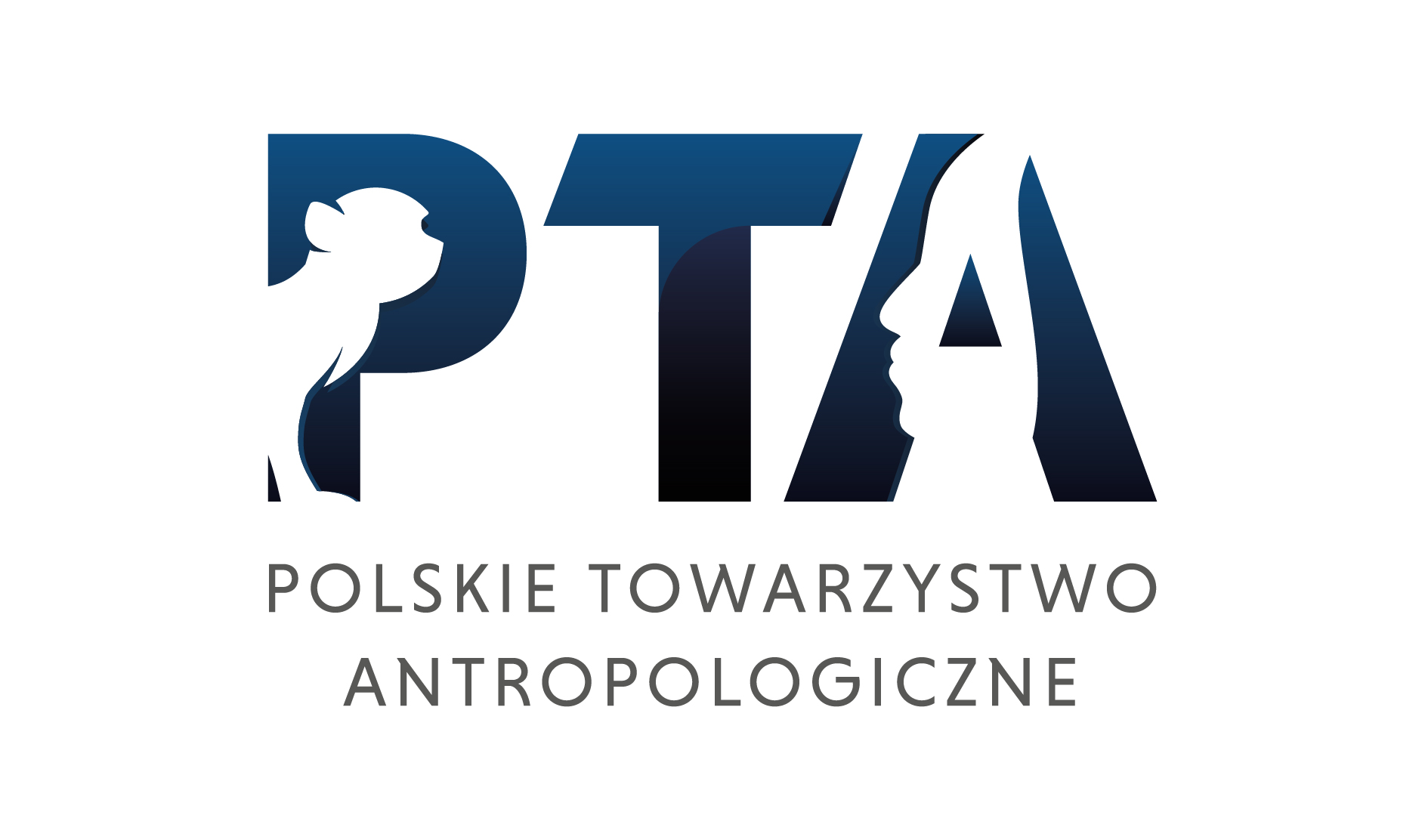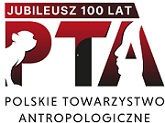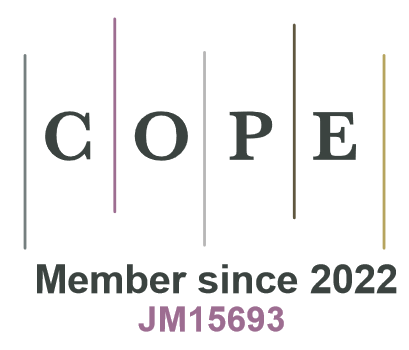Anthropomorphology of the popliteal muscle
DOI:
https://doi.org/10.18778/1898-6773.40.1.10Abstract
Anthropometric characteristic of the popliteal muscle in adult males (14 lower extremities) and females (20 lower extremities) have been described. The following measurements were taken: fig. 1: A — the breadth of terminal attachement; B1 — the total length of upper border; B2 — the total length of lower border; C1 — the length of muscular part of upper border; C2 — the length of muscular part of lower border; D — the intercondyloid breadth of thę femur; E — the length of tibia. The obtained results have been set together in table 1 — right and left extremities, and in table 2 — females and males.
In the dimensions of the muscle no distinct asymmetry was found, a sex di- morphism however has been pronounced with males in higher values: in the breadth of terminal attachement, in the lengt of lower border and its muscular part. In fact with males the length of tibia is also protracted. Higher values are visible with females in indices $$ {C_1 \times {100} \over B_1} $$ and $$ {C_2 \times {100} \over B_2} $$ This testifies that with females the 1 5 B, muscular part is longer in relation to the length of muscle than with males who in relation to the length of the whole muscle have the tendon part longer.
Downloads
References
Anson B. J., Morris’ Human Anatomy, Mc Graw-Hill Book Co, New York 1966.
View in Google Scholar
Bochenek A., Reicher M. Anatomia człowieka, t. 2, PZWL, Warszawa 1958.
View in Google Scholar
Grant J. C. B., Basmajian J. V., Grants Method of Anatomy, Williams and Wilkins Co., Baltimore 1965.
View in Google Scholar
Higgins H., J. Anat., 1894, 29, 569.
View in Google Scholar
Last R. J., J. Bone and Joint Surg., 1950, 32, 93.
View in Google Scholar
DOI: https://doi.org/10.1302/0301-620X.32B1.93
Loth E., Anthropologie des Parties Molles, Warszawa— Paryż 1931.
View in Google Scholar
Loth E., Człowiek przeszłości, PZWL, Warszawa 1953.
View in Google Scholar
Lovejoy J. F., Harden, T. P., Anat. Rec. 1971, 169, 727.
View in Google Scholar
DOI: https://doi.org/10.1002/ar.1091690411
Downloads
Published
How to Cite
Issue
Section
License

This work is licensed under a Creative Commons Attribution-NonCommercial-NoDerivatives 4.0 International License.








